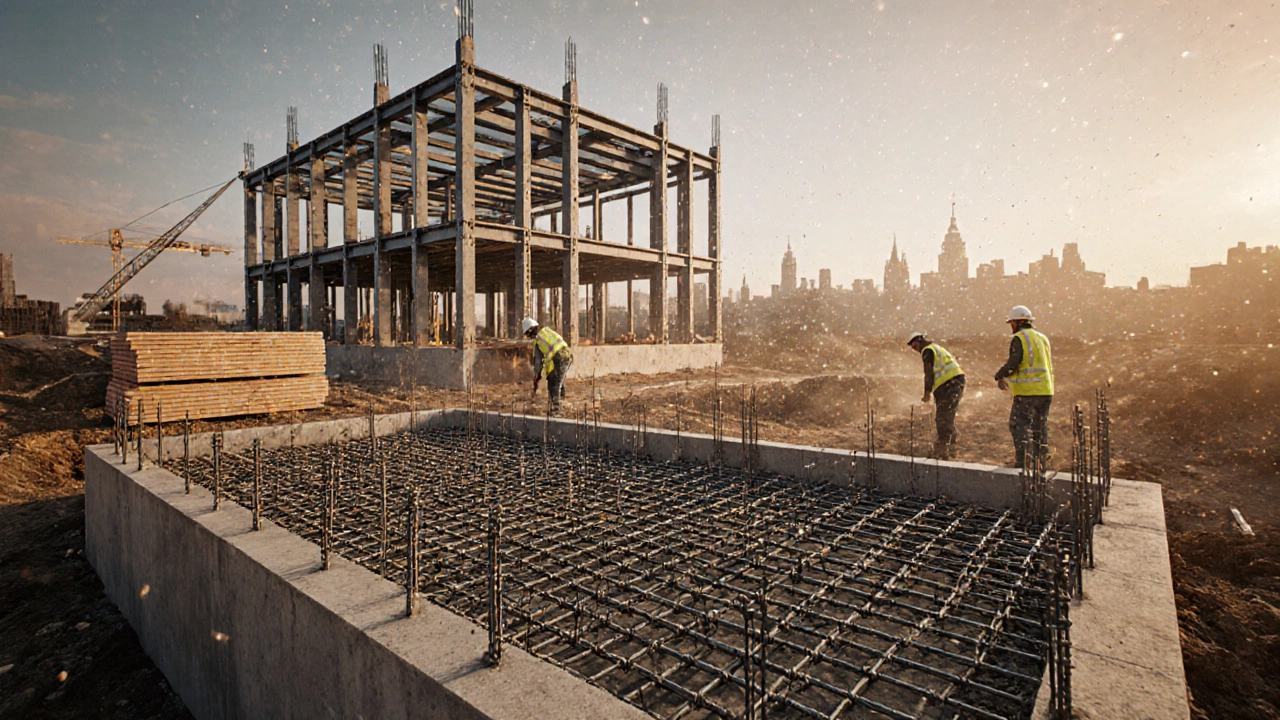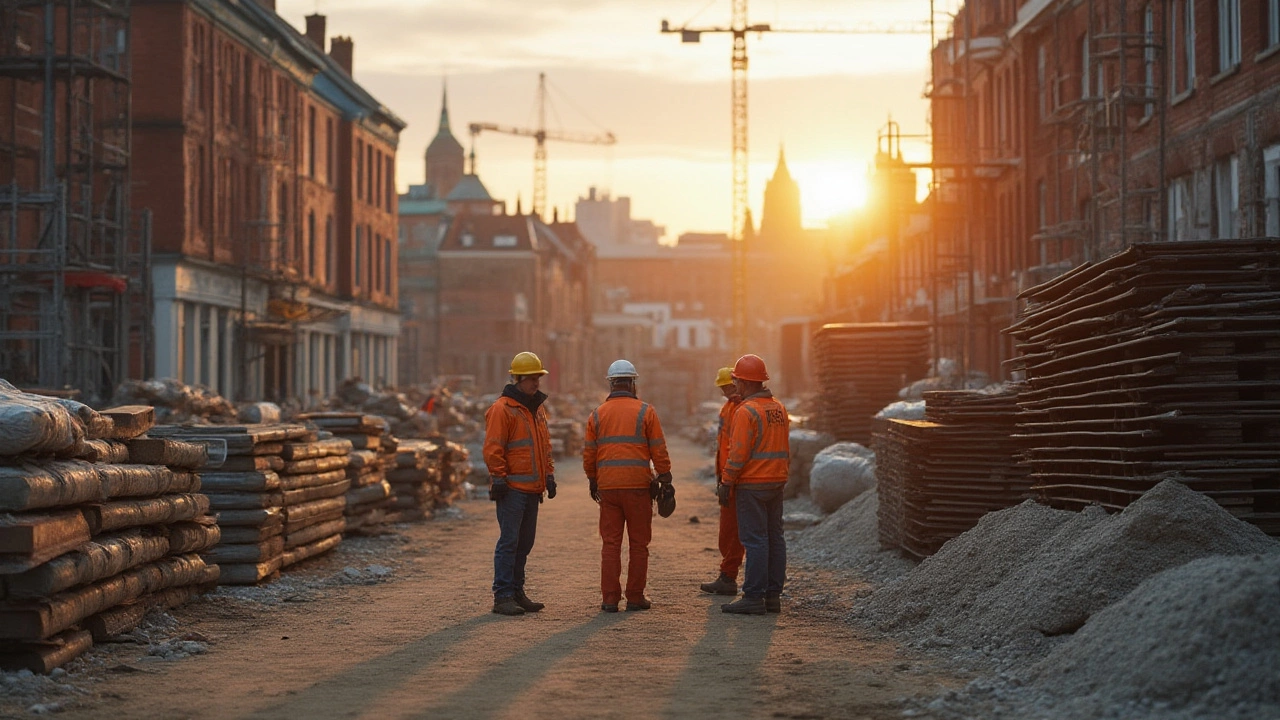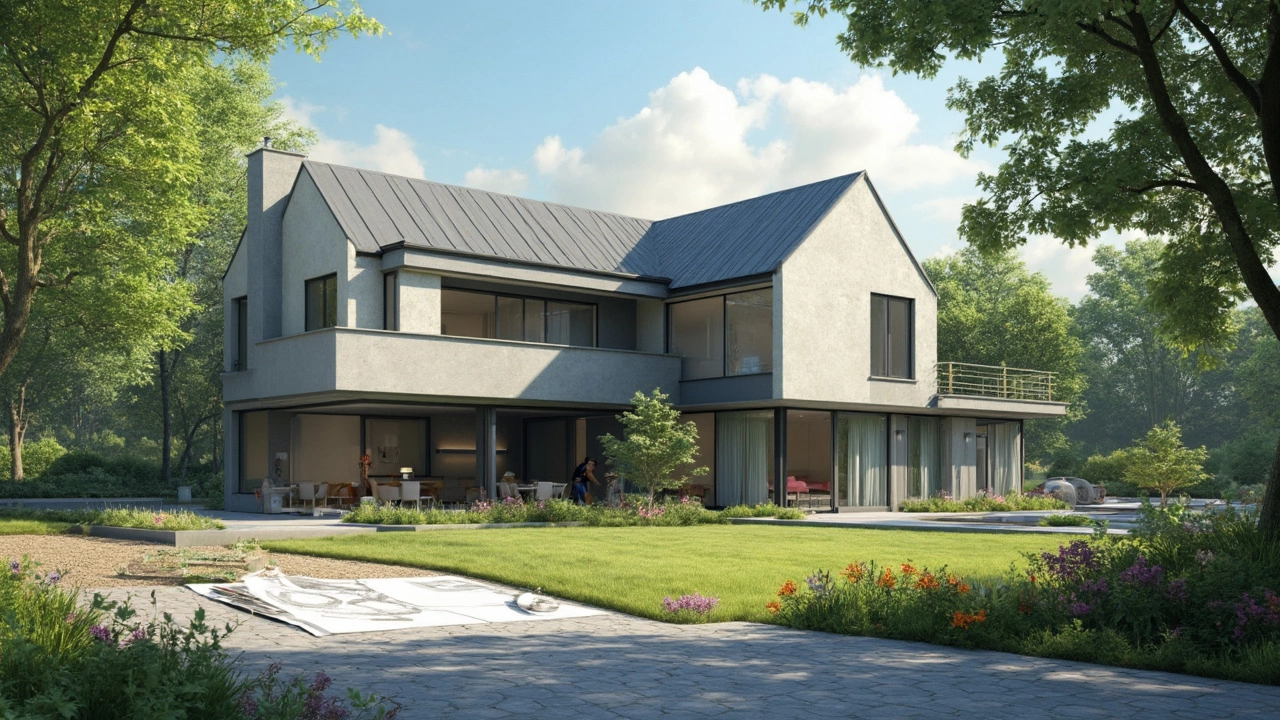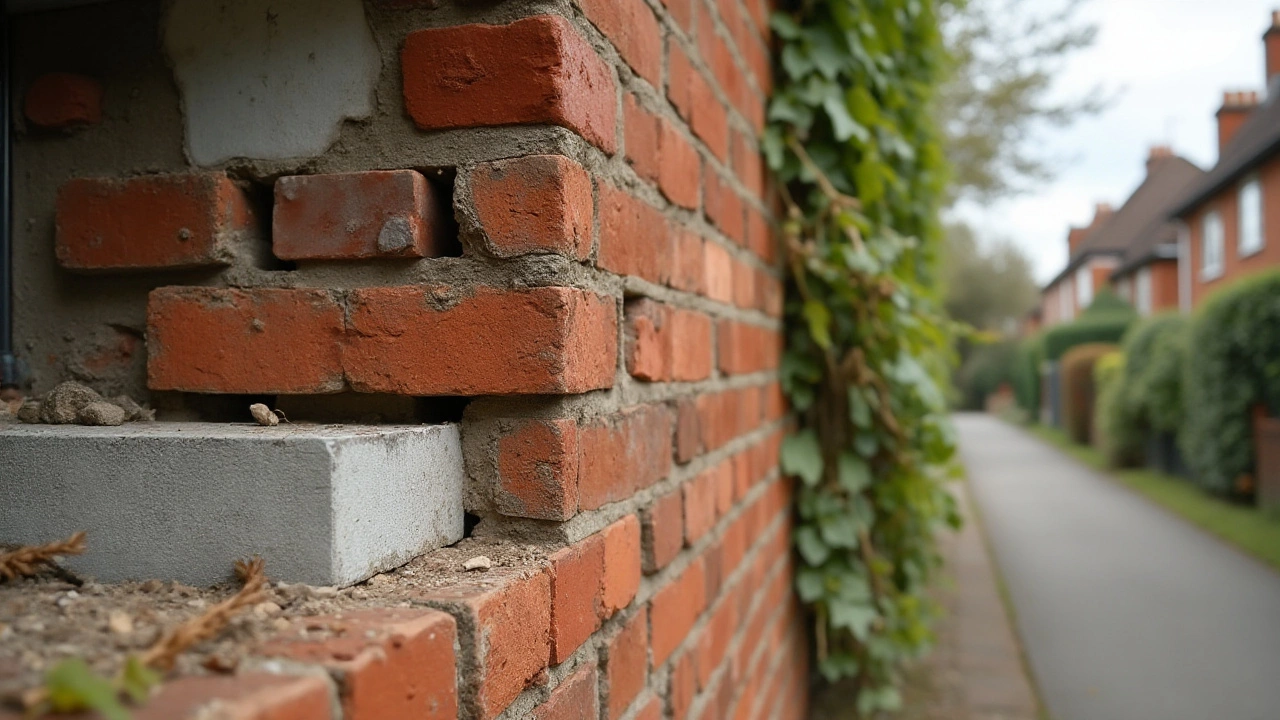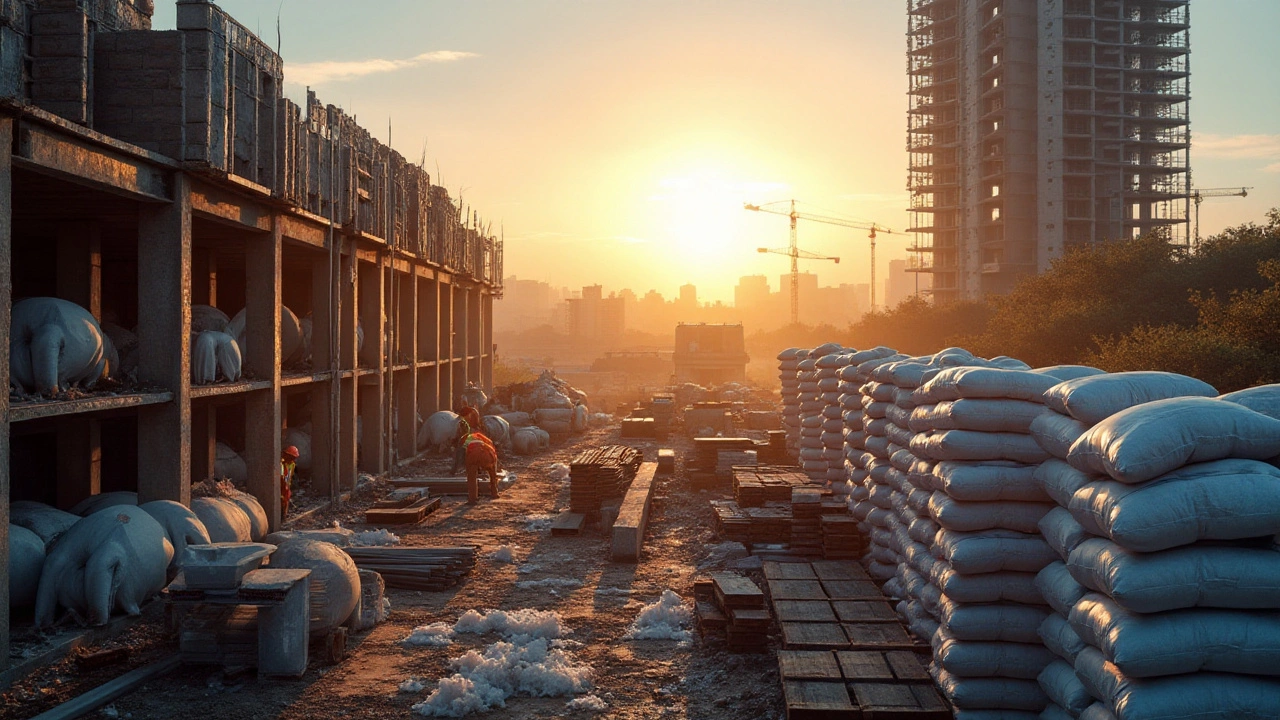Construction Materials: Your Quick Guide to Choosing the Right Supplies
When you start a building project, the first question is always “what should I use?” The right material can save time, money and headaches later on. Below you’ll find the basics you need to know, plus a few practical tips that work on real sites.
Common Materials and When to Use Them
Wood is the go‑to for many homeowners because it’s cheap, easy to cut and works well for interior walls, frames and simple extensions. Just watch out for moisture – treat or seal it if the space might get damp.
Concrete is the champion of strength and fire resistance. It’s perfect for foundations, slabs and load‑bearing walls. Modern mixes with additives can boost durability and cut shrinkage, but the trade‑off is heavier handling and a longer cure time.
Steel shines when you need a high strength‑to‑weight ratio. It’s common in large spans such as roof trusses or metal frames for conservatories. Steel resists rot and insects, yet it can rust if not protected, so a proper coating is a must.
Brick and stone give a classic look and last for generations. They’re ideal for façade work or garden walls where aesthetics matter as much as durability. Keep in mind the labor cost – laying brick is slower than pouring a concrete wall.
For smaller DIY jobs, drywall (gypsum board) speeds up interior finishing. It’s lightweight, fire‑rated and easy to finish with joint compound. Just don’t rely on it for structural support.
Going Green: Sustainable Choices
Today’s builders are looking for materials that lower the carbon footprint. Recycled steel and reused bricks offer the same performance as new products but with less energy used in production.
Timber from certified forests provides natural insulation and a warm feel, plus it stores carbon. When you choose CLT (cross‑laminated timber) panels, you get strong, prefabricated walls that cut on‑site waste.
Insulating concrete forms (ICFs) combine concrete’s strength with built‑in insulation, reducing the need for extra wall layers. They also help keep homes energy‑efficient year‑round.
If budget is tight, look at fly‑ash bricks or lime‑based mortars. They’re cheaper than full‑size concrete blocks and still give good compressive strength for most residential builds.
Quick tip: always check the supplier’s environmental credentials. A material with a low embodied carbon rating often comes with better durability data, meaning fewer repairs down the line.
In a nutshell, pick the material that matches the load, climate and finish you need. Mix and match where it makes sense – a steel frame with timber cladding can give you strength and a natural look. And don’t forget to factor in the whole life cost: cheap upfront can turn pricey if the material rots or needs frequent upkeep.
Ready to start? Grab a checklist, compare a few suppliers and test a small sample on site before you commit. The right construction material will make your project smoother, cheaper and longer‑lasting.

